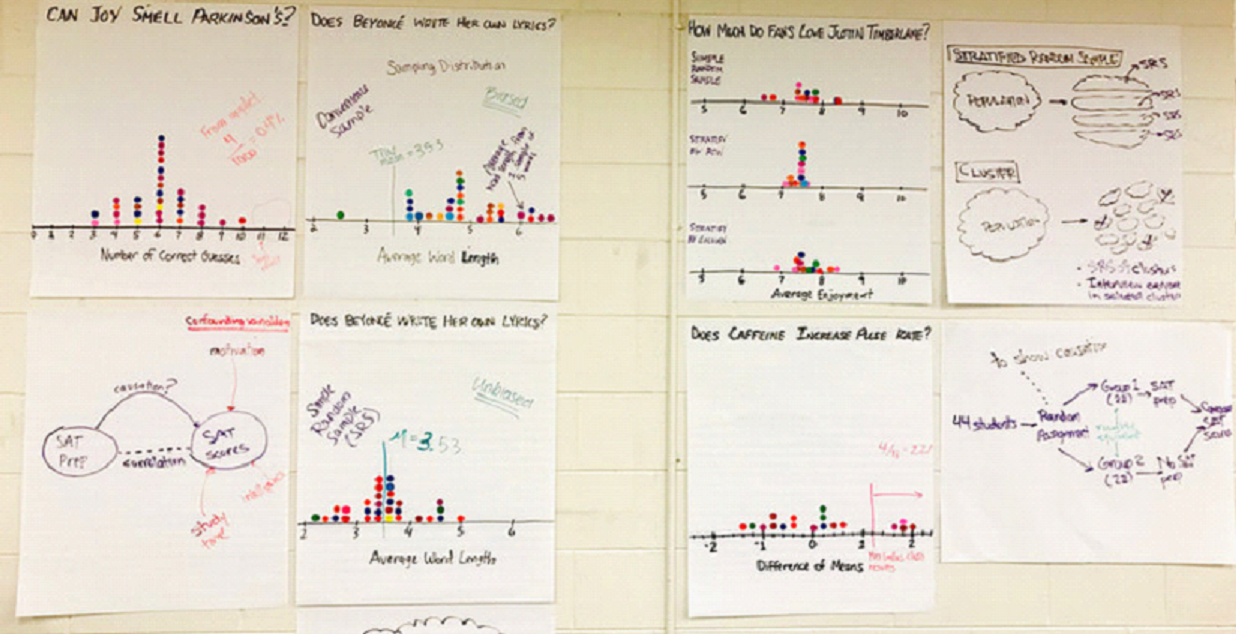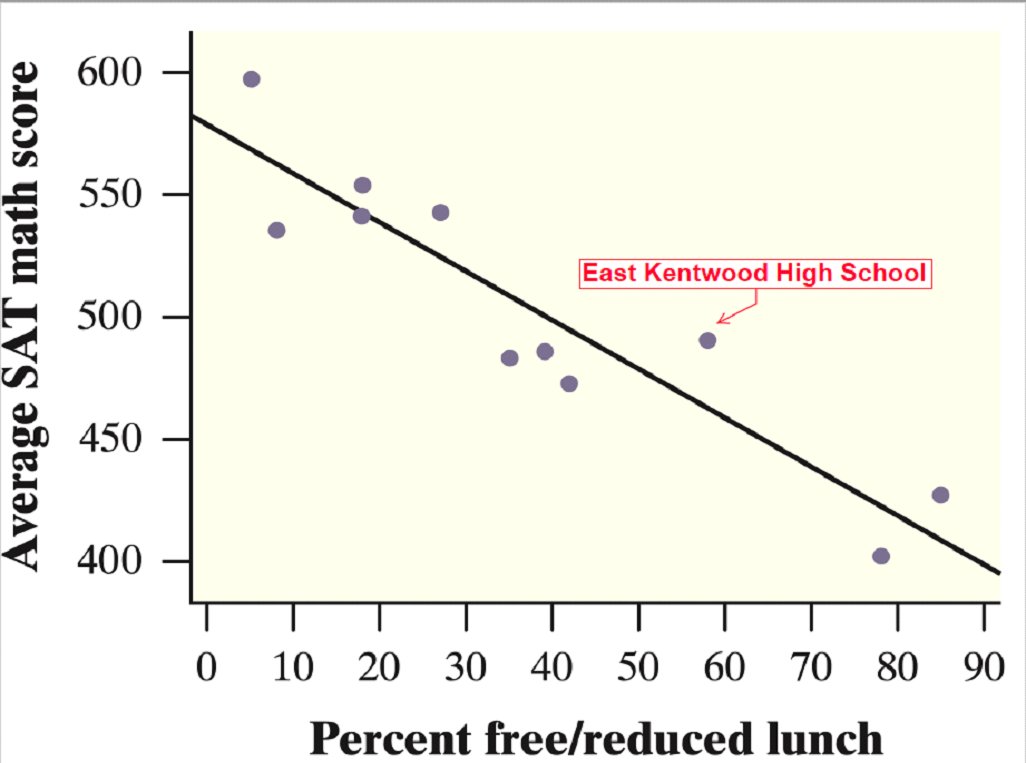Increase Equity with EFFL
.png)
When we consider how to increase equitable outcomes in the mathematics classroom, it is critical to look at our pedagogy. How we consistently teach our content to students occupies most of our time and shapes our interactions with them. Experience First, Formalize Later (EFFL) is a pedagogical strategy that centers the student in the learning, not the teacher. EFFL means that students are working collaboratively to think, to discuss, and to construct their own understanding of new content before the teacher helps students to arrive at formal definitions and formulas. EFFL's major features include flexible thinking, success for all students, and landmark activities.
Flexible Thinking
Too many mathematics students rely on memorizing their way to a mirage of success. This approach to learning makes it difficult for students to make connections and long-term retention of learning suffers. These are the types of students that study every type of problem they think might show up on an assessment. When they encounter a nonroutine problem, they struggle because they are not flexible in their thinking.
We want students that can create their own understanding, students that can flexibly adapt when a scenario changes, and students that can reach beyond the content taught in the course. Experience First, Formalize Later gives students consistent practice in contributing original ideas and constructing understanding of new content in a collaborative environment. This allows students to better make connections between ideas and produces learning that will last long-term. Beyond our classroom, these students learn thinking and reasoning skills that will transfer to many other life contexts.
Success for All Students
In the more traditional model of math instruction, students are given new information and then asked to practice. We call this the “lecture, lecture, lecture…now try 100 practice problems” model. For some students, this approach works quite well, and they have been consistently successful in this model. For others, they disengage and quickly fall behind.
Which students are successful in the “lecture, lecture, lecture” model?
These students tend to be the ones that understand the rules of school. Sit quietly, write down what the teacher says, study the notes, and then replicate on assessments. They understand that the teacher is the one that holds the key to their success. They work hard individually on the practice problems -- not because of curiosity or intrinsic desire to learn -- but because they know they need to in order to be successful (as defined by good grades). Most often, these students have a supportive home that has prepared them for this type of learning.
Which students are left behind in the “lecture, lecture, lecture” model?
These students are the ones who don’t see the relevance in this traditional model. They become disengaged when they should be taking notes. They don’t try the practice problems because they missed some of the content during the lecture. Individually, they feel helpless and quickly fall behind. They are unsuccessful on assessments and the cycle starts all over again. In many cases, these students do not have a home environment that prepares them for success in this model.
In the Experience First, Formalize Later model, all students realize that they are the ones that hold the key to their success and the teacher is simply a facilitator of this process. Students see purpose for their learning and they become curious learners. Through collaboration with their classmates, each student is allowed to construct their own knowledge and understanding. Struggling learners are given the opportunity to create and refine their ideas, and high-flyers are given the opportunity to strengthen their understanding by supporting others.
Landmark Activities
Every lesson starts with a student activity (experience) that has a memorable context. Suppose that later in the course, you need to remind students of something they learned in a previous lesson. Which approach will be most effective?
(1) “Remember the lesson when we talked about solving trigonometric equations?”
(2) “Remember the lesson where Travis Pastrana jumped his rally car onto a floating barge?”
Clearly the second approach is going to better allow students to recall prior knowledge that will set them up for future success. Additionally, many of the activities have students producing a visual product in the end. We save all of this student work and display it around the room, making it accessible any time we need to refer back.

Real Results
East Kentwood High School, the #1 most diverse high school in Michigan1, has average math SAT scores that are consistently higher than what would be predicted based on the number of free and reduced lunch students.

Where Can I Find EFFL Lessons?
For free EFFL lessons for Algebra 1, Geometry, Algebra 2, and Precalculus, go to Math Medic.
For free EFFL lessons for AP Precalculus and AP Calculus, go to Calc Medic.
For free EFFL lessons for Intro Statistics and AP Statistics, got to Stats Medic.
.jpg)
Luke Wilcox
Math Medic Foundation Board President
Please join Math Medic Foundation in our mission to improve math outcomes for all. You can contact us to get involved or donate here.
Follow us on Twitter!
12024 Most Diverse Public High Schools in Michigan
12/04/2023